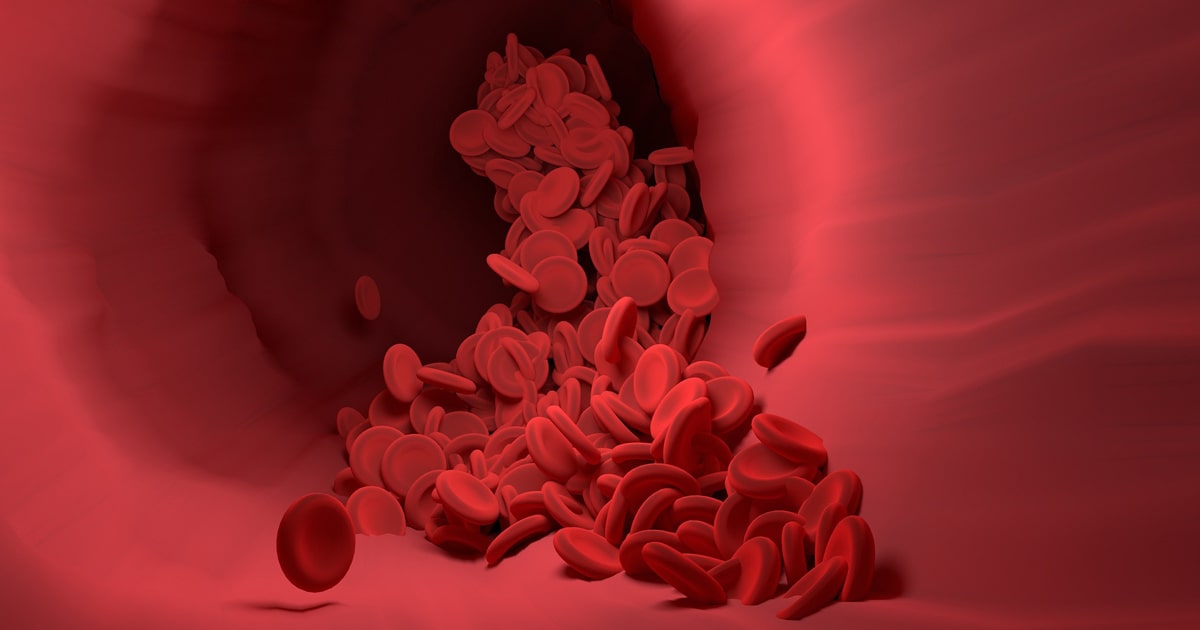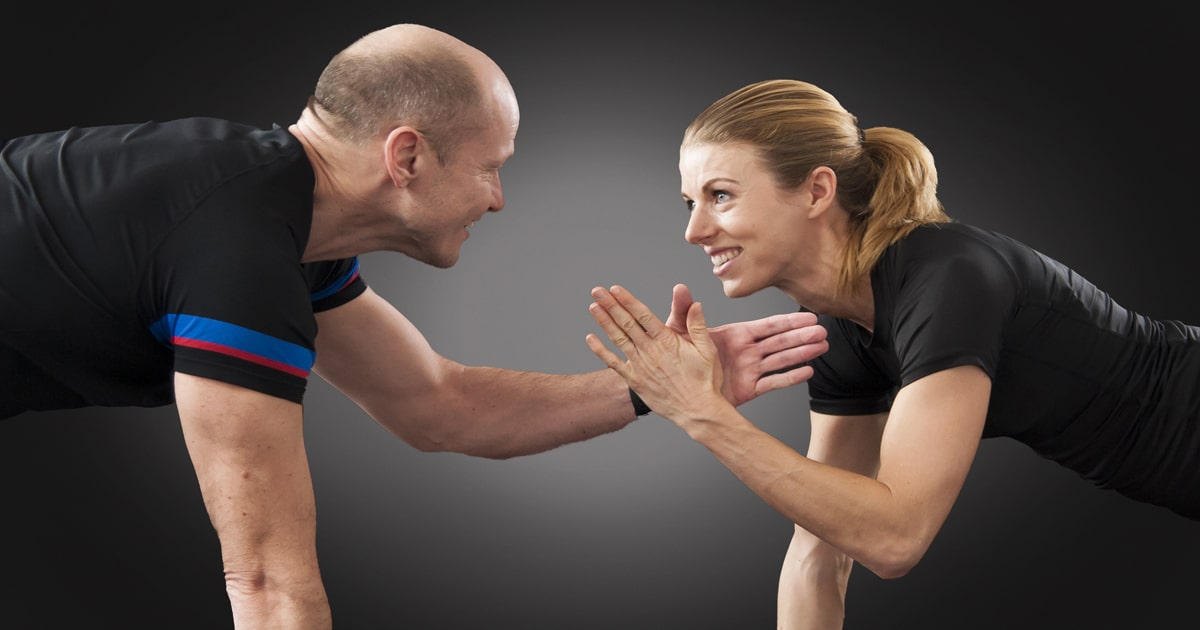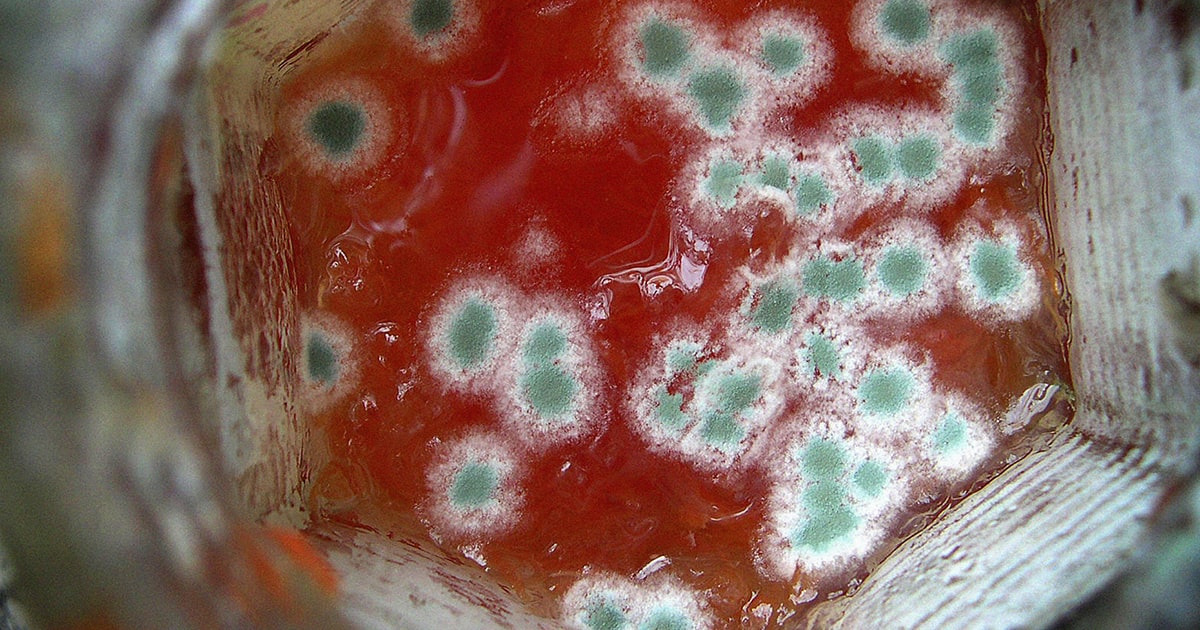What Is PRP Therapy?
PRP therapy is a form of regenerative medicine that uses injections made up of platelets taken from the patient’s own blood sample. Platelets are small cell fragments found naturally within our blood that act as building blocks for new tissue and promote overall healing through various biological processes like cytokine release, angiogenesis (oxygenating tissue), and growth factor secretion. By injecting these platelets into areas affected by pain or injury – or even surgery sites – scientists hypothesize that the body’s natural healing mechanisms can be enhanced in order to speed up recovery times while also reducing inflammation levels throughout that part of the body.
How Does PRP Therapy Work?
PRP therapy works by harnessing the self-healing properties present in our bodies’ natural platelets, using them to induce tissue regeneration in order to target chronic pain or accelerate post-surgical recovery times. To administer PRP injections, first an initial blood sample is taken from the patient; secondly this serum undergoes centrifugation (a process involving intense spinning) so as to separate out any unwanted components; finally only platelet-rich plasma remains which then gets injected directly into whichever area needs treatment – usually at depths below muscle/tendon level but still relatively close enough for effective results due to their short lifespan when outside our bloodstreams – namely between four-six hours after application depending on where exactly it’s administered etc..
Potential Benefits and Risks Associated With PRP Therapy
Although there are some potential risks associated with PRP injections such as infection at injection site or reactions due to individual sensitivities, proponents believe that these risks can be managed through careful selection/preparation prior to application e.g. making sure all equipment used is sterile/clean etcetera but more research still needs doing on this topic before definitive conclusions can be drawn upon its safety overall versus traditional treatments like steroid injections etcetera (which themselves come with their own unique set of side effects too). On the plus side though, many people suffering from chronic musculoskeletal issues have reported feeling pain relief and greater mobility shortly after undergoing PRP therapy – although exact success rates still vary wildly depending on individual case type/severity etcetera – so it may well be worth researching further if you’ve been struggling with certain ailments without seeing much progress compared more traditional treatments thus far…
Where Can I Get PRP Therapy?
If you’re interested in exploring alternative therapies such as PRP instead of more conventional treatments like steroid injections etc., then your best bet would be visiting an orthopedic specialist near you who specializes in regenerative medicine – they should be able provide you with more personalized advice on whether this type of treatment could help you specifically given your medical history/present state etc., plus tell you where locally you could get access to experienced practitioners offering these types of services if necessary too.





